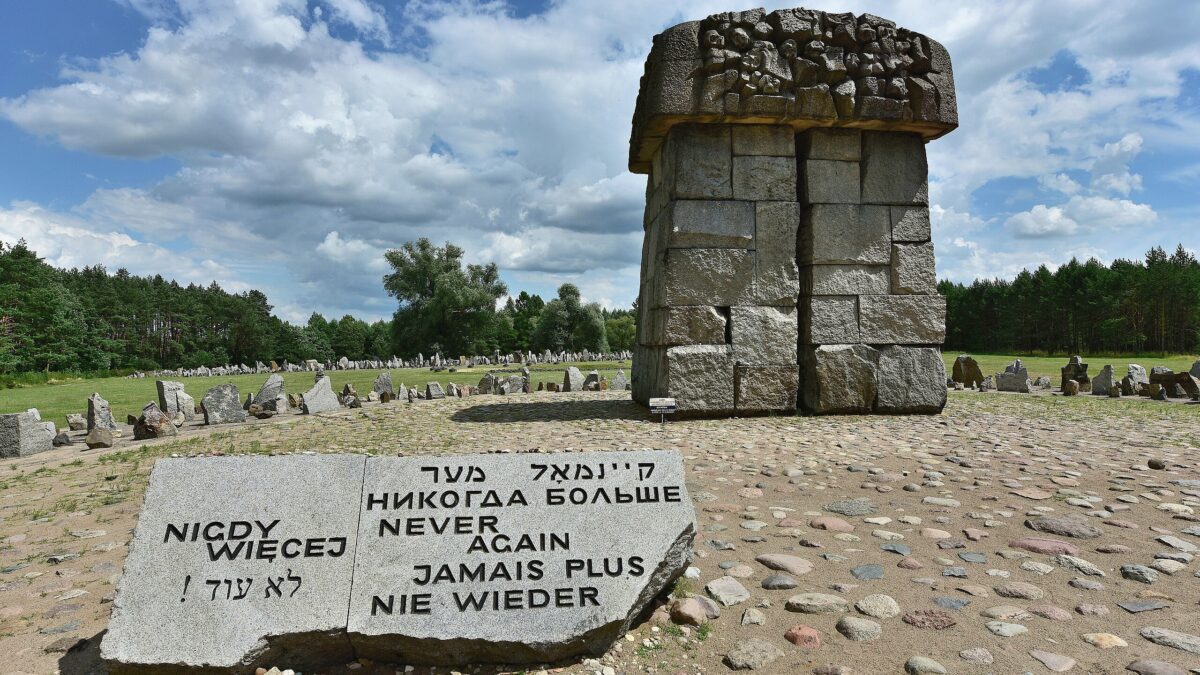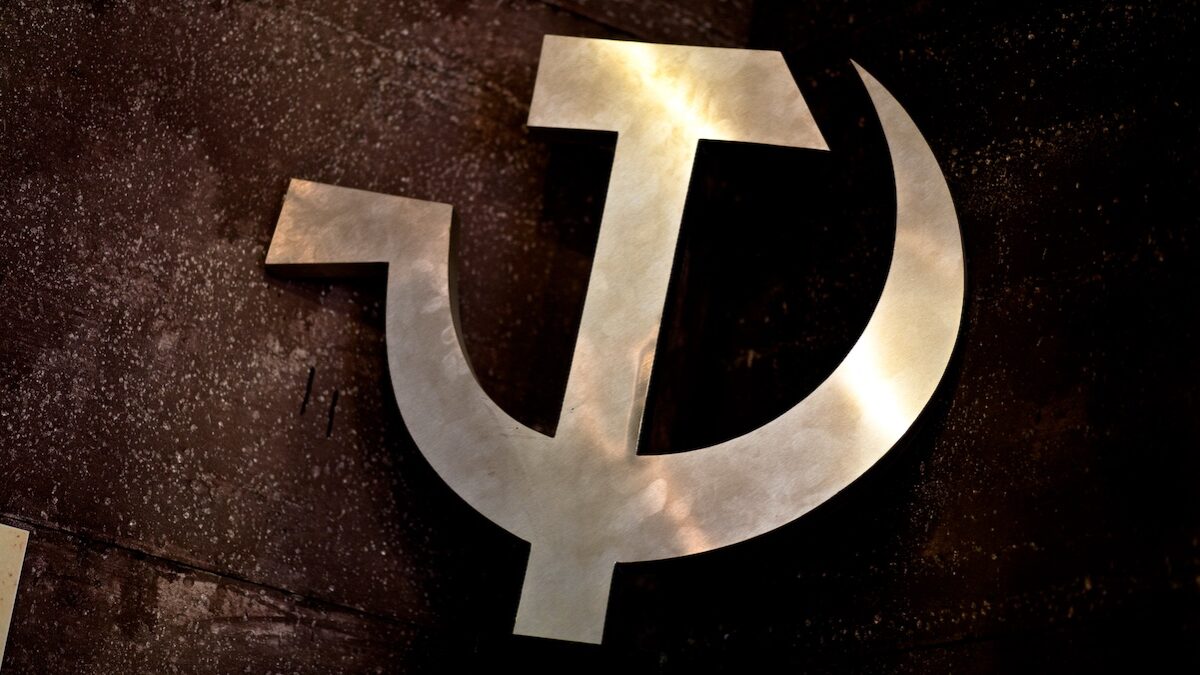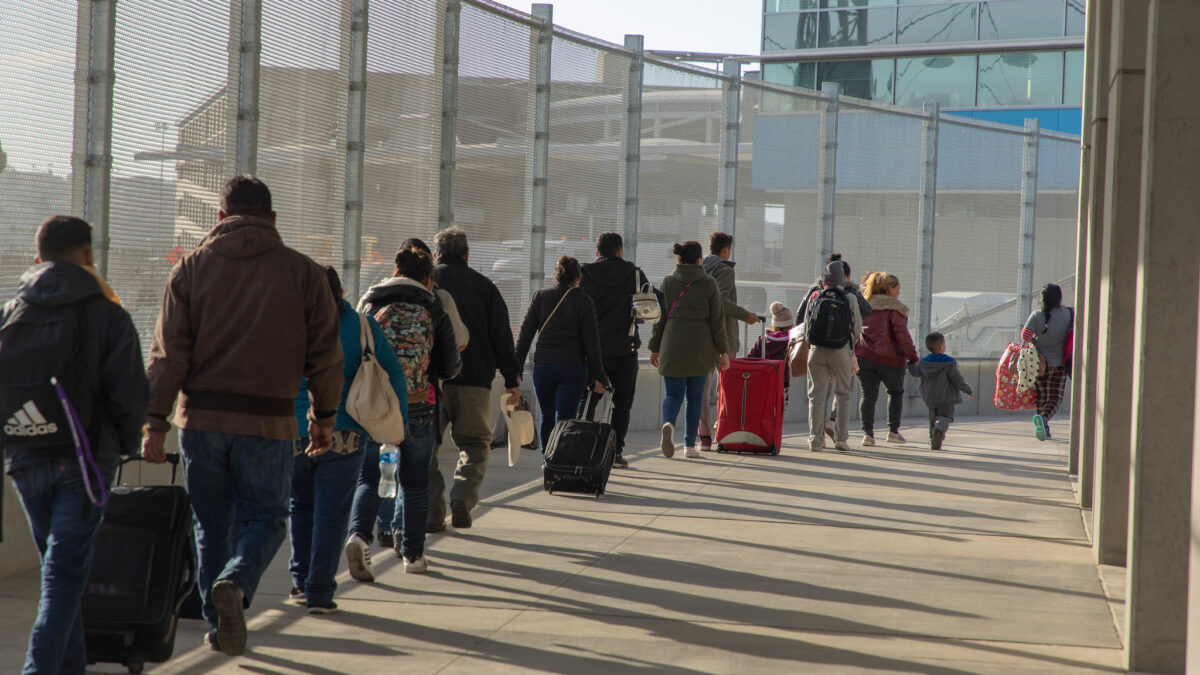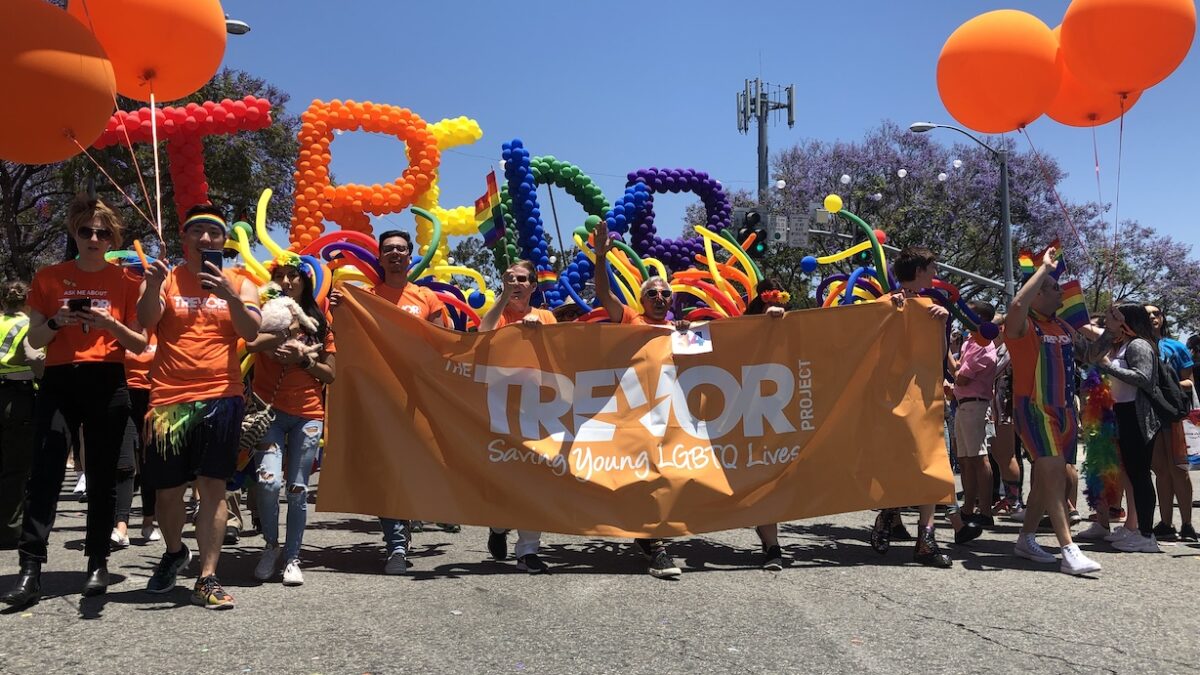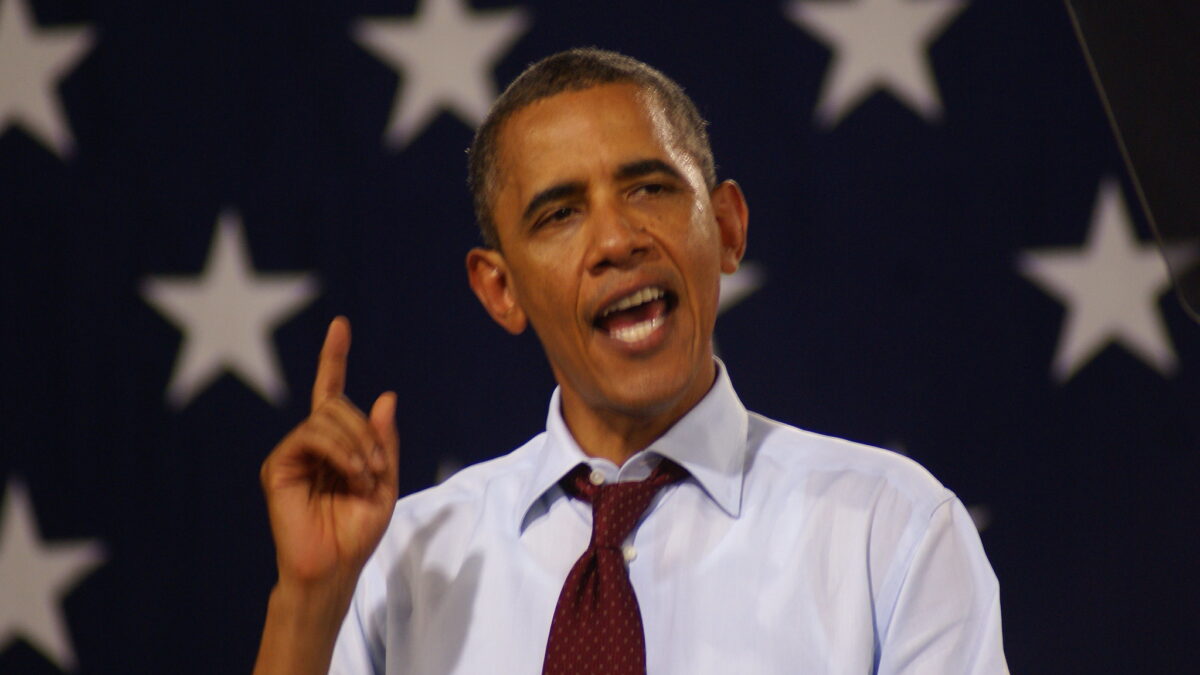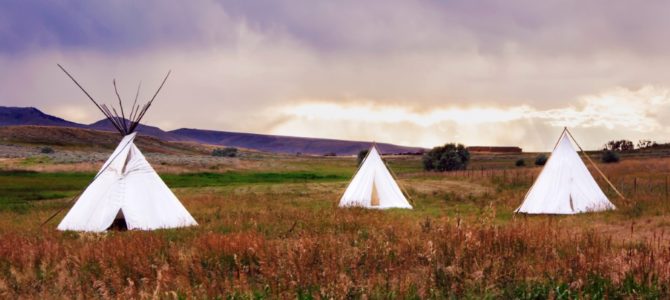
Leftist media was all aglow on Feb. 23, when Interior Department Secretary nominee Deb Haaland began her testimony before the Senate by stating: “I acknowledge that we are on the ancestral homelands of the Nacotchtank, Anacostan, and Piscataway people.”
A Vox article gushed: “It’s likely the first time a Cabinet nominee acknowledged tribal lands upon testifying before the Senate.” An indigenous activist in the Washington Post called it a “rebuke of … the countless politicians and bureaucrats who dedicated themselves to the cause of Indigenous annihilation.” Yet, like many recent political exercises in racial history, land acknowledgments have less to do with a coherent rendering of history than with grievance politics and tokenism.
Land acknowledgments are quite popular among the left, especially in Australia, Canada, and New Zealand. Many universities frequently make such acknowledgments before various public events, declaring their appreciation that the land upon which their institution resides happens to be the traditional ancestral lands of some group (or groups) displaced — or even eradicated — by Western settlers, entrepreneurs, or governments. In the incoherent, exclusionary nature of that effort, the problem with this growing phenomenon becomes evident.
Take the three tribes Haaland cited during her Senate hearing. The first two, Nacotchtank and Anacostan, are names for the same small group that fell within the much larger Algonquian people group whose culture and language spread throughout the Eastern Seaboard and as far west as the Rocky Mountains. The third, the Piscataway, was also Algonquian.
These tribes were often at war either with each other or neighboring tribes, as pointed out by Harvard University psychologist Steven Pinker:
Quantitative body counts — such as the proportion of prehistoric skeletons with ax marks and embedded arrowheads or the proportion of men in a contemporary foraging tribe who die at the hands of other men — suggest that pre-state societies were far more violent than our own.
Anthropologist Lawrence Keeley observed, “The dogs of war were seldom on a leash” in the pre-Colombian New World. Even Haaland’s own Pueblo tribe fought the Comanche and Navajo. Honoring any American Indian tribe as the “original” inhabitants of some geographic area is both disingenuous and ahistorical, given any such people had almost certainly displaced another.
Such land acknowledgments are built upon a broader, polemical historical narrative in which violent, imperialist Europeans arrived on American shores and brutally exterminated or displaced peaceful American Indian tribes that maintained a symbiotic relationship with nature.
This, too, has no relationship to historical reality. Human sacrifice, cannibalism, torture, and slavery were ubiquitous across native peoples, from the Aztecs, who sacrificed hundreds of thousands of captured peoples, to even the Algonquins and Iroquois. Indeed, we know of these cultural traits in part because they were practiced against early European explorers and missionaries.
Scholar Åke Hultkrantz notes “there are many proofs of the devastation of nature by Indians.” In his article “Northern Iroquoian Culture Patterns” William N. Fenton in turn explains the Iroquois often contributed to the decline of species, breaking entire tops of trees to harvest cherries and overhunting deer and beaver, all before Europeans’ arrival. Indeed, because of how they exhausted natural resources, Iroquois bands had to move their villages twice per generation.
In what is now modern Mexico, the Mayan civilization exhausted itself by exploiting the environment. Says scholar Robert Royal: “They rose, flourished, declined, and disappeared, just like human habitations in other parts of the world … They changed large features of the natural landscape.”
The problem isn’t just historical inaccuracy, but a simplistic, ideologically driven victim narrative that presents an incomplete — and genuinely incoherent — conception of American Indians. It presumes that American Indians are only and exclusively victims and not victimizers, conquered and not conquerors, brutalized and not brutalizers.
Robert Royal argues: “It is no favor to Native Americans … to redefine their heritage to suit, yet again, the needs of white culture as if they were not poor fallible human beings with cultures composed of good and bad, as are we all.” Indeed, in one sense, such victim narratives perpetuate their own form of racism in vitiating the human agency American Indians possess.
Moreover, in its memory-holing of the evils perpetrated by American Indians in favor of highlighting their victimization at the hands of European settlers and governments, this program fosters new forms of prejudice and racism by presenting Western civilization as somehow singularly or incomparably wicked.
Consider this map created by a prominent Canadian organization that promotes land recognition, and its bizarre, selective determination of what constitutes “indigenous peoples.” Apparently, the nomadic Samis of northern Scandinavia and Russia are somehow comparable to the Nahua, or Aztecs, who dominated pre-Spanish Mexico. Although my Irish and Polish ancestors were also colonized, oppressed, and murdered by other European powers, they don’t make the cut.
A few years ago, I was blessed to tour the great Incan wonder of Machu Picchu — a remarkable cultural and architectural achievement. During the tour, I asked our guide if Incans had performed human sacrifice. To his credit, he acknowledged that yes, the Incans did engage in periodic ritual human sacrifice. But, he added, this was on a relatively small scale, and nothing like the brutal, bureaucratized Aztec system of human sacrifice. Perhaps this is not particularly comforting!
Undoubtedly, European advancements into American Indian lands were often violent, rapacious, and unjust. This must be mourned and criticized. We must treat American Indians with respect, seeking to rectify historical injustices. Yet the land acknowledgment movement — and its broader, accompanying ideological agenda — doesn’t truly represent a sincere righting of past wrongs, but a rigid, tokenistic portrayal of history aimed more at serving unhistorical, racist ideological objectives than promoting a cohesive national identity.
Yes, the Washington Metropolitan Area was once the land of the Nacotchtank, Anacostan, and Piscataway people. Before them, there were others, displaced, if not murdered by those tribes Haaland now exclusively honors — such is the sorry story of history.
What matters far more than adjudicating who are the true native peoples of this or that geographic area is to recognize that it is collectively ours as American citizens, regardless of skin color or ethnic heritage. That is a narrative our Founding Fathers fought to fashion, and it’s one worth keeping.


